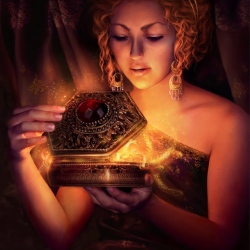
Seven artists were asked to create quick sketches based on portrait photographs, taking various lengths of time to complete their work. Each artist generated about 8,000 pen strokes for the sketches.
Individual artist preferences, such as how far apart they drew eyes, were also included in the data gathered. That data was then used to create sketches of photographs as the computer understood each artist would have done them – even beginning with a particular feature if that had been identified as what the artist would have done.
"There’s something about an artist’s interpretation of a subject that people find compelling," said digital artist Moshe Mahler, from Disney Research, which is based in Pittsburgh.
"We’re trying to capture that – to create a computer model of it – in a way that no-one has done before." However Mr Mahler added that the results were limited to the practical technique rather than the individual flair of the artists used in the pilot project.
"Our approach only understands the trends of how an artist might work," she said.
Dr Nick Lambert, lecturer in digital art at Birkbeck, University of London, and chairman of the Computer Arts Society, told the BBC that Disney’s idea built on non-photorealistic rendering (NPR) processes, which have been around since the 1990s.
"We think of computer graphics as trying to look like photographs, but they can equally be something more sketch-like," he said.
"This is basically modelling the effects of the artist’s vision – it’s an interesting piece of work, but it does build on a number of things that have been done before."
